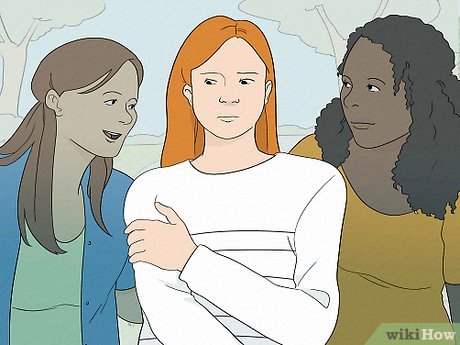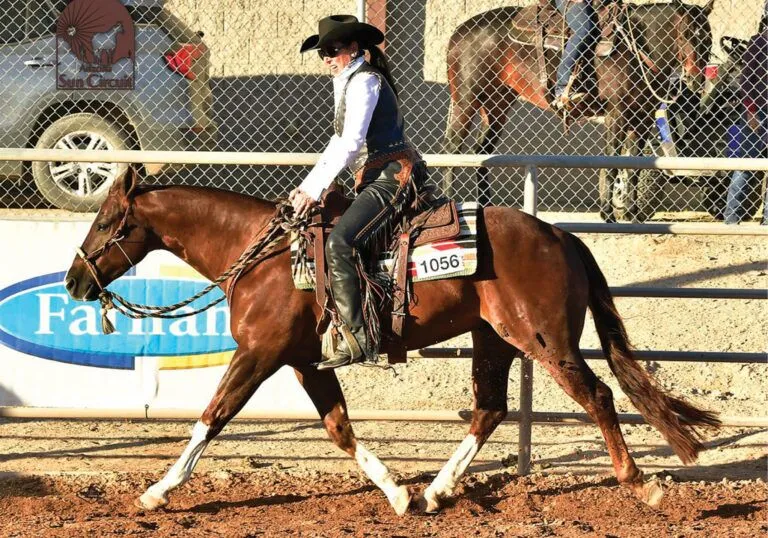Overcoming Head Shy Behavior in Your Horse

Head shy behavior in horses can be a challenging issue for owners and trainers. It often manifests as a horse flinching, pulling away, or showing discomfort when their head or face is touched. Understanding and addressing this behavior is crucial for building trust and ensuring safe handling. This article will guide you through the causes, signs, and effective strategies to help your horse overcome head shyness.
What is Head Shy Behavior?

Head shy behavior refers to a horse’s sensitivity or fear response when their head or face is touched. This can include reactions such as pulling away, flinching, or even biting and kicking if the horse feels threatened. It is often a sign of past trauma, pain, or lack of proper handling.
Common Causes of Head Shyness
| Cause | Description |
|---|---|
| Past Trauma | Previous injuries or rough handling can make a horse wary of touch around the head. |
| Pain or Discomfort | Dental issues, ear infections, or skin conditions can cause sensitivity. |
| Lack of Handling | Horses not accustomed to regular grooming or face touching may develop fear responses. |
| Negative Associations | If the horse associates touch with unpleasant experiences, it may become defensive. |
Signs Your Horse is Head Shy
- Pulling away when you approach their head
- Flinching or jerking movements
- Pinning ears back
- Showing signs of stress such as sweating or rapid breathing
- Attempting to bite or kick
Step-by-Step Guide to Overcoming Head Shy Behavior
- Build Trust Gradually: Spend time near your horse without touching, speaking softly to create a calm environment.
- Desensitization: Slowly introduce touch to less sensitive areas before moving to the head.
- Use Positive Reinforcement: Reward calm behavior with treats or gentle praise.
- Consistent Handling: Regular, gentle grooming sessions help the horse get used to being touched.
- Check for Pain: Consult a veterinarian to rule out medical issues causing discomfort.
Tips for Handling a Head Shy Horse
- Approach calmly and confidently
- Avoid sudden movements
- Use a soft voice
- Be patient and consistent
- Never punish fearful behavior
Frequently Asked Questions (FAQ)
Q: Can head shyness be completely cured?
A: With patience and consistent training, many horses can overcome head shyness, though some may always be a bit sensitive.
Q: How long does it take to see improvement?
A: Improvement varies depending on the horse’s history and temperament but expect gradual progress over weeks to months.
Q: Should I use equipment like halters or bridles during training?
A: Start with minimal equipment to avoid adding stress, and introduce gear slowly as the horse becomes more comfortable.
By understanding the root causes and applying gentle, consistent techniques, you can help your horse become more comfortable and trusting during head handling. This not only improves your relationship but also enhances safety for both you and your horse.
